Bonsai Is an Art With Ancient Roots in China and Japan From at Least the 3rd Century
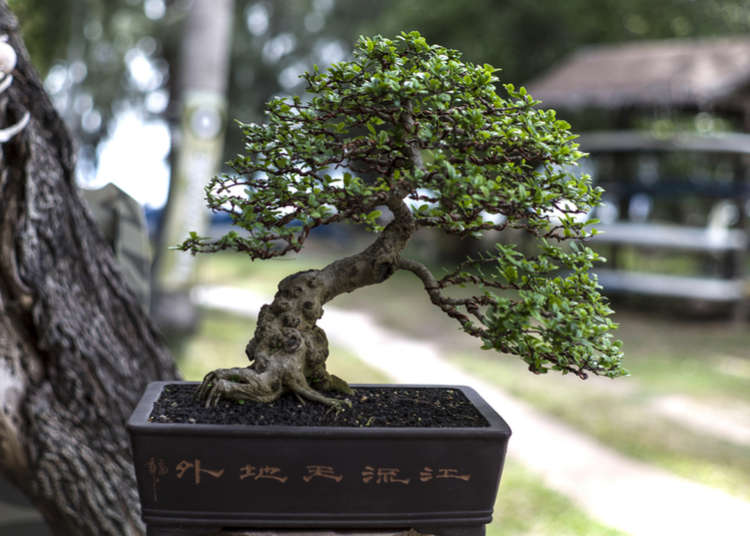
Civilization of Japanese Bonsai: The Beauty and Mystique of Miniature Trees
Date published: xviii December 2017
Terminal updated: 13 December 2018
Have you lot ever wondered what a Bonsai tree actually is? Probably your starting time answer would be that it is a small tree – yet information technology is so much more than that! A rather telling bespeak is that you tin't constitute them in your garden, and they require a lot of attending. They are in truth a grade of art as every Bonsai tree is advisedly cared for in order to attain a desired image.
What are bonsai trees?
A lot of people became aware of Bonsai trees considering of the Karate Kid, that is the sequence of movies that were released in the 1980s rather than the more than recent 2010 reboot version, and in these movies there was a potent visual connection with inner peace.
However, you lot don't have to be a martial arts master to appreciate Bonsai!
The word Bonsai (盆栽) literally means "tray planting," and it finds its origins in Cathay over 1,300 years ago along with the concept of creating miniature plants, landscapes, etc. From ane,000 to 800 years ago the Japanese version of Bonsai took root in Nihon.
You lot may wonder what information technology is about Bonsai trees that has acquired people over hundreds of years to devote their time to them, this is a difficult question to answer as there are many reasons, but ane simple explanation is simply that they are beautiful. It takes a lot of fourth dimension and attempt to shape a Bonsai tree into an private'due south desired shape, and then when you see a beautiful Bonsai tree you have to keep in mind the countless hours of work that it took to create information technology – just like fine art.
The Long History of Bonsai in Nihon
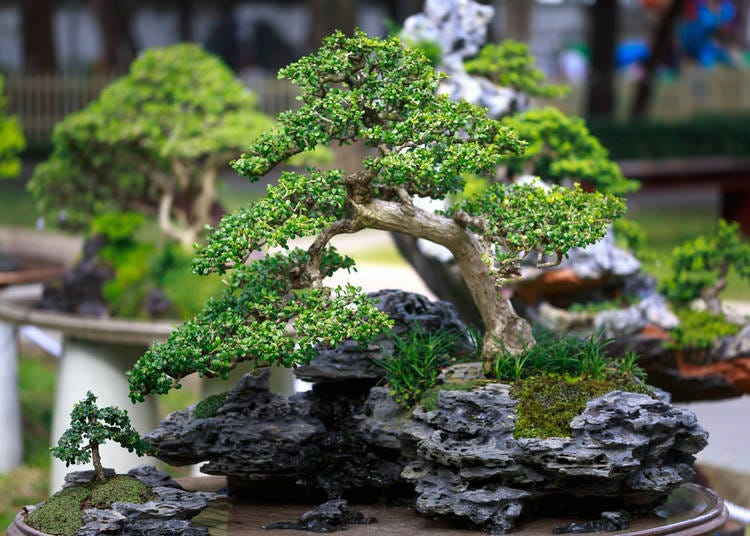
Bonsai Tree Displays Can Look Like Mini-Landscapes
The bones concept behind Bonsai trees is derived from Chinese Penjing, an platonic of creating miniature versions of landscapes which itself is thought to exist nearly two yard years old. It is believed that the branches of this fine art form had reached Nihon by the 7th and eighth centuries, and by the 13th century information technology is possible to see Bonsai in paintings. Kokan Shiren, a historic Buddhist and poet, (1278–1346) wrote an essay called Bonseki no Fu (Tribute to Bonseki) which described the aesthetic principles for fine art forms such as Bonsai. Around this time in that location was also a popular folktale well-nigh a samurai who burned three Bonsai trees in society to provide warmth for a monk on a cold dark, nonetheless in reality the monk was an official in disguise, and he subsequently rewards the samurai. This story is popularly represented in woodblock prints and Noh theatre plays.
An One-time Bonsai Personally Looked later on by a Shogun
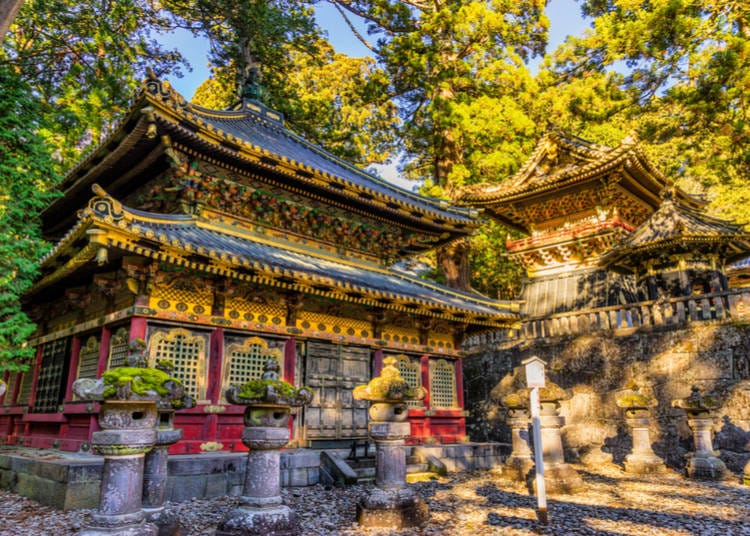
Toshogu Shrine, Nikko – The Final Resting Place of Tokugawa Ieyasu
In Japan one of the oldest, and about famous, Bonsai Copse is the 500 year old 'Sandai Shogun no Matsu', which has been designated as a National Treasure. In Nippon a National Treasure must show either outstanding workmanship, or a loftier value for earth cultural history, or an exceptional value for scholarship. Information technology has been documented that this Bonsai tree was personally cared for by the Third Tokugawa Shogun, Iemitsu, who is probably virtually well-known for endmost the borders of Japan in the 17th century.
There are a number of other famous Bonsai trees, some which are reportedly 800 to grand years old, examples of which tin can be establish at the Omiya Bonsai Art Museum in Saitama, most Tokyo. A actually famous example is the 400 twelvemonth onetime Japanese White Pine Bonsai tree which survived the nuclear bombing of Hiroshima, information technology had only been two miles from where the bomb exploded only was luckily protected by a wall.
What is a bonsai: When is a Bonsai Tree, a Bonsai Tree?
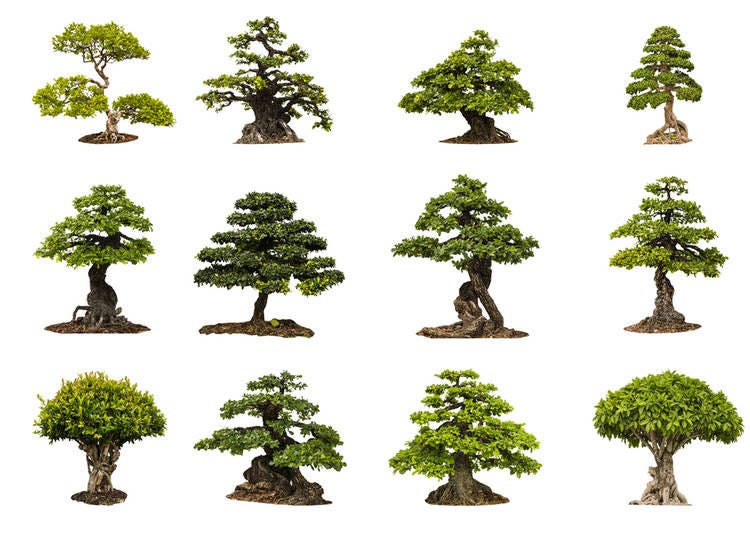
Unlike Bonsai Tree Styles
It is difficult to become into detail about what really makes a Bonsai tree a Bonsai tree, obviously not every small potted plant is a Bonsai – a simplified caption would exist that a Bonsai tree looks similar a normal tree, but in a miniature form. There are different styles of Bonsai tree which define what the finished Bonsai looks like, but in general the idea is that it is miniaturized, and that there are no obvious indications that the Bonsai's creator has shaped information technology.
In addition, a Bonsai tree should be shaped in accordance with a number of set designs, for example, the Formal Upright style which ways that the Bonsai tree is in agreement with the basic concept of a tree; trunk points upwards with thick wide branches at the lesser, and smaller thinner branches at the top.
Other styles include Informal Upright, which is like but incorporates more natural looking curves in the body, Slant-style, where the tree leans in one management and Cascade-fashion where the tree grows downward and reaches beyond the bottom of the pot. Other designs brand use of roots growing over rocks, Bonsai beingness planted together and even 1 style, Windswept, makes the Bonsai tree appear as if it is has been shaped by a stiff wind.
Seeing Bonsai in Nippon: Places to Savor Bonsai Trees
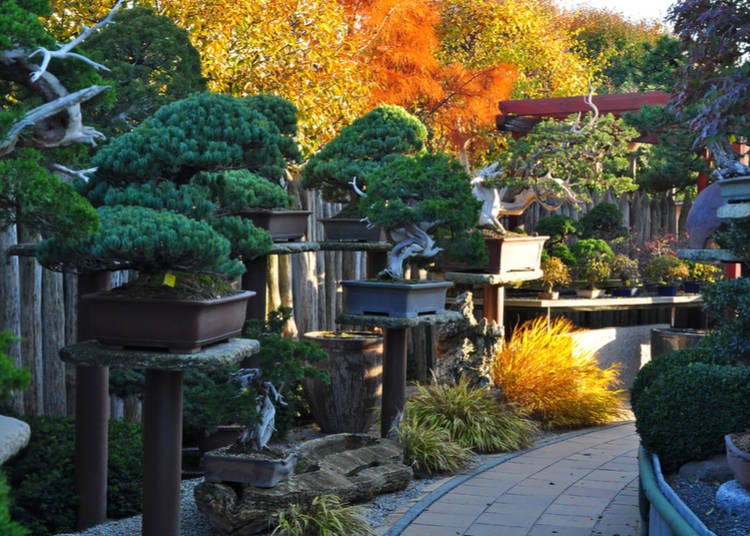
Bonsai Tree Exhibition
You don't have to go very far to see a Bonsai tree in Japan, in more suburban or rural areas you tin often run into them outside of older homes, and in the Tokyo surface area yous have the Omiya Bonsai Art Museum in Saitama likewise as Shunkaen Bonsai Museum in the Eastward of Tokyo. Fifty-fifty in Ginza you can run across Bonsai trees at a store called Morimae Ginza!
If that is not enough at that place are as well frequent exhibitions throughout the year, such as the Japanese Suiseki exhibition held in June at Meiji Shrine in Tokyo and Kokufu-ten held in Kyoto every February.
While a Bonsai tree but looks similar a small tree, it actually is a blazon of art, and the Bonsai masters who care for these trees are no unlike to a painter or a sculptor. The beautiful trees they create are the culmination of extensive time and attempt. In movies similar the Karate Child we can come across their connexion with inner peace, while in the oldest living specimens nosotros are reminded of history and the generations of hands that have touched them. No thing how you look at it, Bonsai trees are very special and are really deserving of our appreciation.
-
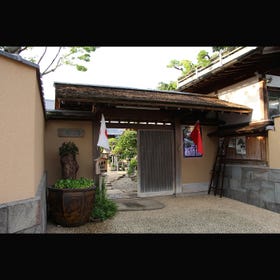
- Address ane-29-16, Niihori, Edogawa-ku, Tokyo, 132-0001
View Map - Nearest Station Mizue Station (Toei Shinjuku Line)
15 minutes past autobus
- Phone Number 03-3670-8622
- Address ane-29-16, Niihori, Edogawa-ku, Tokyo, 132-0001
-

- Address 2-24-iii, Torocho, Kita-ku, Saitama-shi, Saitama, 331-0804
View Map - Nearest Station Toro Station (JR Shonan Shinjuku Line / JR Tohoku Main Line / JR Utsunomiya Line / JR Ueno Tokyo Line)
5 minutes on human foot
- Phone Number 048-780-2091
- Address 2-24-iii, Torocho, Kita-ku, Saitama-shi, Saitama, 331-0804
*This information is from the time of this article'south publication.
*Prices and options mentioned are bailiwick to modify.
*Unless stated otherwise, all prices include tax.

-

All-You-Tin-Swallow A5 Wagyu! We Gorged Ourselves at Ginza's Meat-Lovers Paradise
-

Premium Chocolate Make Lindt Japan Launches World's First Sakura LINDOR In Time For Spring 2022!
-

Shinagawa Aquarium: All You Need to Know for a Fun Tokyo Trip (Recommendations & Photo Spots)
-

Gloat Jump and Summer 2022 with Blossom Festivals and Gorgeous Gardens Nigh Mt. Fuji
- #best ramen tokyo
- #what to purchase in ameyoko
- #what to bring to japan
- #new years in tokyo
- #best izakaya shinjuku
- #things to do tokyo
- #japanese smash trends
- #what to do in odaiba
- #onsen tattoo friendly tokyo
- #daiso
- #all-time sushi ginza
- #japanese convenience shop snacks
- #best yakiniku shibuya
- #japanese style culture
- #best japanese soft drinks
Source: https://livejapan.com/en/in-tokyo/in-pref-tokyo/in-tokyo_suburbs/article-a0001736/

0 Response to "Bonsai Is an Art With Ancient Roots in China and Japan From at Least the 3rd Century"
Post a Comment